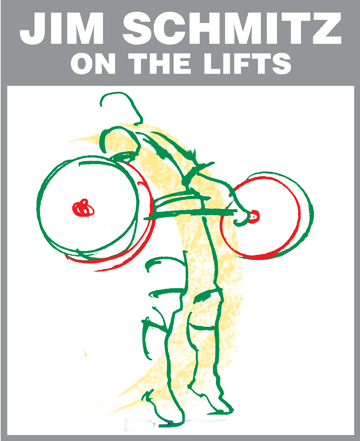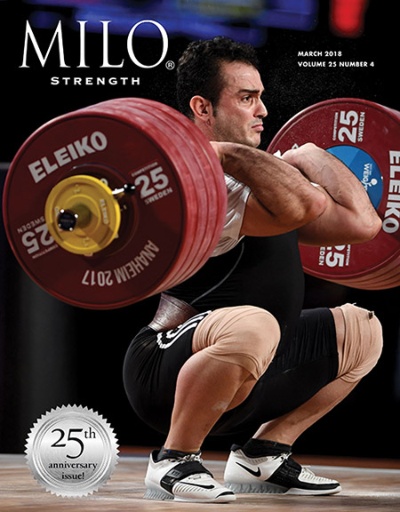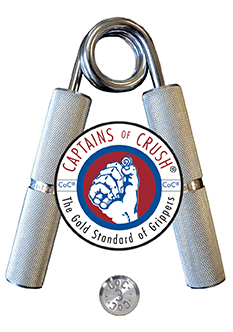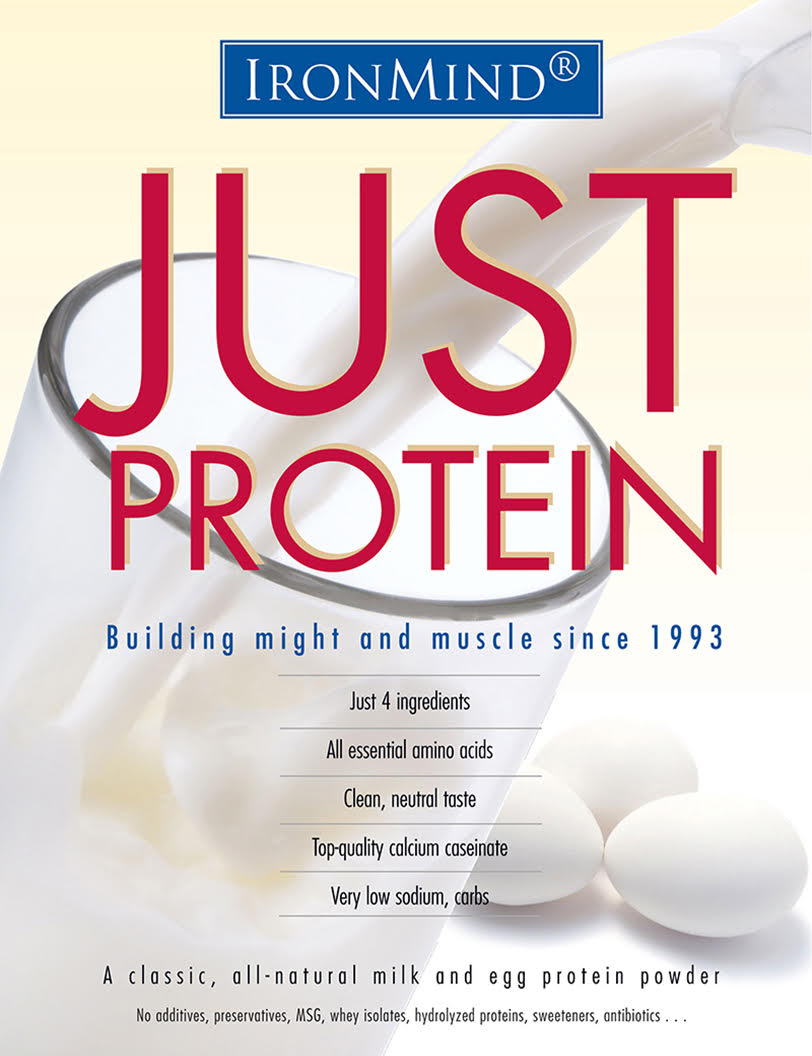What do Yoshinobu Miyake and Svetlana Podobedova have in common besides being Olympic weightlifting champions (Miyake 1964 and 1968, Podobedova 2012)? The answer: they both used the “frog-leg style” start position. The frog-leg style start position is where you have your heels touching, or almost touching, and your toes angled out at about 45 degrees, sort of like frog’s feet. Also your knees are pointing outward. This style was developed by the Japanese lifters in the 1960s. In fact, in 1968 the Japanese held the world record in the snatch in the 56-kg, 60-kg, 75-kg, and 82.5-kg classes, and Yoshinobu Miyake was the first man to snatch double bodyweight (118 kg at 58.5 kg in 1962 in Poland).
As you can imagine, we all started doing the frog stance, as it was also called, but as many of us found out, it didn’t work for everyone. The frog style requires a body suited for this start position, which is a long torso and short limbs. This was the body type of the Japanese lifters in the 1960s. Therefore, they developed this technique, which put them in good biomechanical position for getting the most power from their legs, hips, and back—very intuitive and clever. Also, by having the knees pointing outward, the bar can pass them without having to go around them, enabling a close, straight, efficient pull.
To perform the frog stance, you first have your feet under the bar with your heels touching or almost touching. Then you flare your toes out at 45 degrees from the center so that your feet form a 90-degree angle. As you bend over to grab the bar, you point your knees outward to the side as much as is comfortable.
Your start position is with your feet at 90 degrees, and your knees over your feet also at about 90 degrees. Your hips are higher than your knees, arms straight, back flat, eyes straight ahead, and feet flat on the platform. You start the pull using your legs, hips, and back—the angle doesn’t change much, as your hips and shoulders rise at the same rate. As the bar passes the knees, your torso shifts upward, your hips come forward, and the bar brushes your thighs and you extend your hips, knees, and ankles to their fullest, rising up on your toes. Now you shrug your shoulders and pop, slide, or jump your feet out to about hip-width as you squat under the bar for either the snatch or the clean. As done normally, with feet hip-width for pulling and shoulder-width for receiving or catching the bar, this phase is to be done extremely fast in the frog stance as well. You should practice this technique with a broomstick or PVC pipe before you even try it with an empty bar.
Two U.S. lifters who have used the frog stance successfully are Mike Karchut, many time national champion, record holder, and 1972 and 1980 Olympian; and Kurt Setterberg, 1979 national champion and 1980 Olympian. There are others, but these two come to mind right now.
I’m a little surprised that more Japanese and Asian weightlifters don’t use this style. Ironically, Hiromi Miyake, 2012 London Olympic silver medalist in the 48-kg class, daughter of Yoshiyuki and niece of Yoshinobu, doesn’t do the frog stance. I think the frog stance doesn’t prove to be as effective for most lifters with the development of the “scoop” or double-knee bend by the Bulgarians in the 1970s. Now that Svetlana Podobedova has won the World Championships in 2009 and 2010, and the 2012 Olympics, setting world and Olympic records in the process, will more lifters switch to the frog-leg style? Try the frog stance and see if it works for you—it just might be your style


















